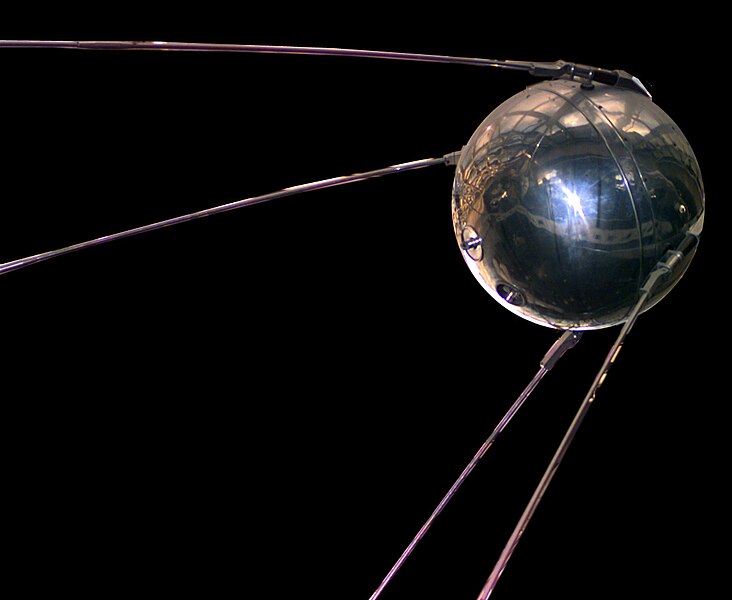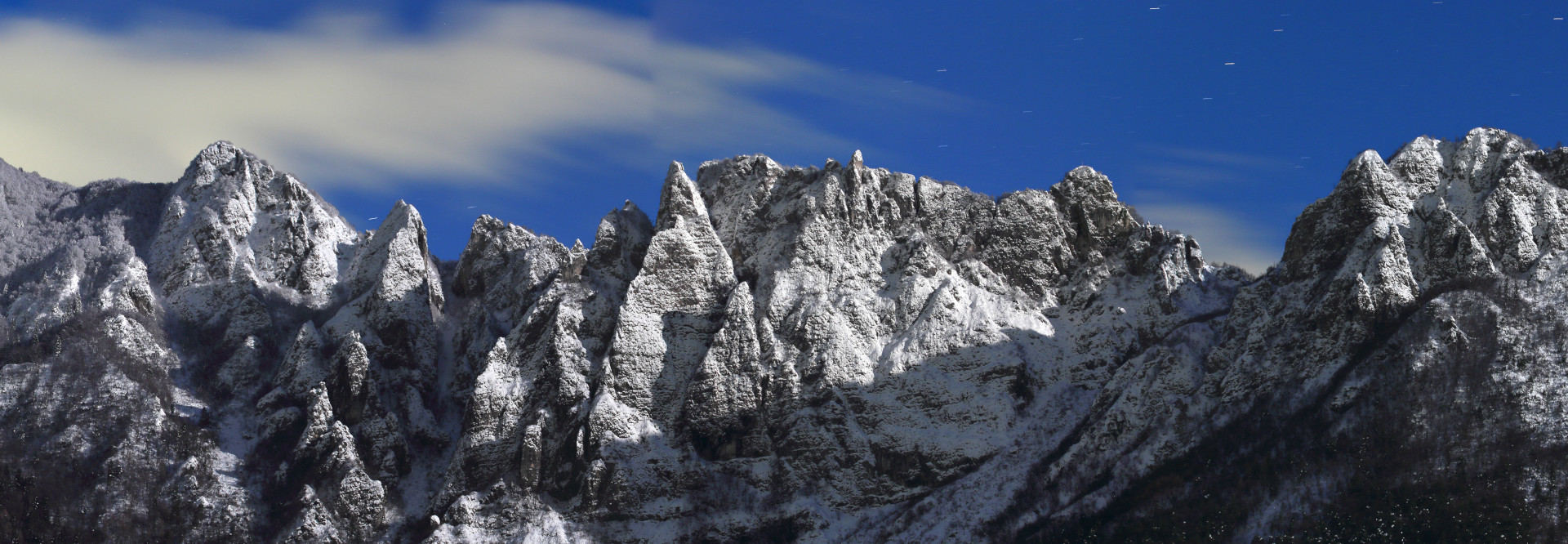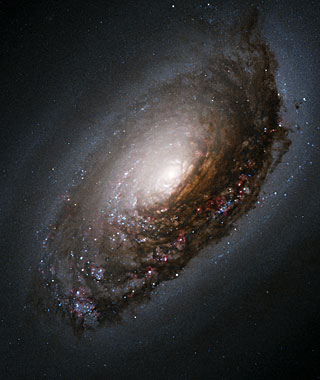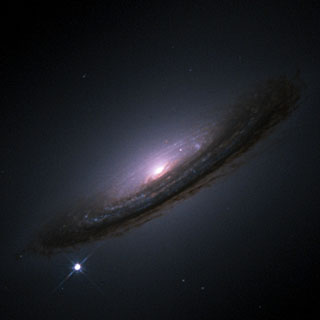Eccovi delle nuove immagini!
Here you are: new images!

Eta Carinae
La prima, che probabilmente avete già visto milioni di volte, è Eta Carinae, una stella che di recente ha espulso quella massa di gas che le vedete intorno. Ma attenzione, non è esplosa! Si prevede che quando accadrà ciò, la sua magnitudine raggiungerà livelli record, e sarà tranquillamente visibile in pieno giorno, col sole.
This, you probably have seen it milion of times, is Eta Carinae, a star which has recently ejected the gas you see around it. But do not think it has exploded! Astronomers think that when it will explode, its linght will be so strong to see it with the sun in the middle-day.

V838 Monocerotis
È più o meno la stessa cosa che è successa a V838 Monocerotis, che ha avuto un outburst spaventoso. Nella foto, c’è una sequenza dei vari stadi che la stella ha passato (la stella è la gigante rossa al centro).
This photo is similar to the previous: V838 had a terrific outburst. In the image, there’s a sequence of photos, taken at different times (V838 Monocerotis is the red giant in the middle).

Nebulosa clessidra – Hourglass nebula
Cambiamo genere: questa è la nebulosa clessidra. Gli astronomi non sono ancora riusciti a capire bene che cosa ha prodotto questo spettacolo (notate la forma ci occhio umano al centro). La nebulosa clessidra è stata sviluppata da una stella simile al nostro sole.
This is the Hourglass nebula. Astronomers not yet understand what had developed this wonder (note the human-eye-like shape in the middle). The star which created the Hourglass nebula was similar to our sun.

Stelle di differente generazione nello stesso ammasso – Multiple generations of stars in a globular cluster
Questo invece è l’ammasso NGC 2808. Che cos’ha di particolare questo ammasso? Fino alla sua scoperta, si pensava che le stelle degli ammassi si formassero nello stesso tempo, nello stesso luogo. Fu una vera sorpresa trovare questo gioiello: in esso ci sono stelle di differenti generazioni: vecchie stelle (che contengono pochi elementi pesanti) e stelle più giovani (con più elementi pesanti). Come mai questa differenza? Il fatto è che, nel gas che ha formato le stelle più nuove, c’era già una buona dose di elementi creati dalle stelle più vecchie, e quindi le stelle che nascono oggi sono più pesanti di quelle che nascevano sei o sette miliardi di anni fa.
This is the globular cluster NGC 2808. What make tis cluster different from others? Before its discover, astronomers thought that the stars of a cluster were born in the same place at the same time. It was a surprise discovering this jewel: in it, there are multiple generations stars: old stars (which had few heavy elements) and youger stars (with heavy elements). Why is there this difference? In gas which formed new stars there were yet elements made by older stars, and so stars which born today are more heavy than stars which were born six or seven billion years ago.

NGC 5866
Per concludere, una fotografia della galassia di taglio NGC 5688, ripresa dalla camera ACS di Hubble, che purtroppo adesso è fuori uso.
Finally a photograph of the side-view galaxy NGC 5688, taken from Hubble’s ACS camera, which unfortunely is now broken.
A presto, spero vi siate divertiti!
See you soon, I hope you have enjoyed!









